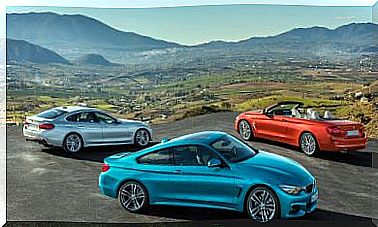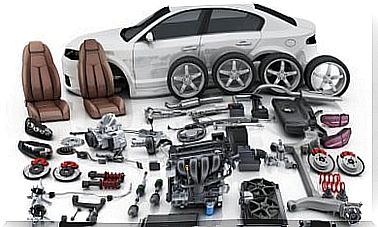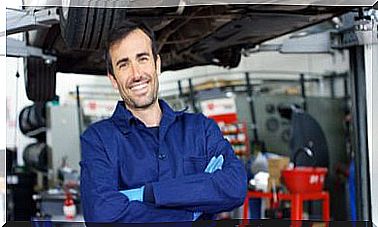Discover The Age Of The Spanish Car Park

The older a vehicle, the greater the risk that it could cause a road accident. During 2013, in Spain 30% more deaths were registered in accidents involving automobiles with more than 10 years. Our car fleet keeps aging.
This is the Spanish car park today
These data have been revealed by a study by the Fundación Línea Directa on the Spanish automobile fleet.
As reported by various national media, the economic crisis has prevented the State from investing in new cars.
Since 2011, the transport, cargo and production units have not been maintained. They have barely developed programs for the recovery of low-emission vehicles (such as the PIVE plan). Consequently, the average seniority continues to grow.
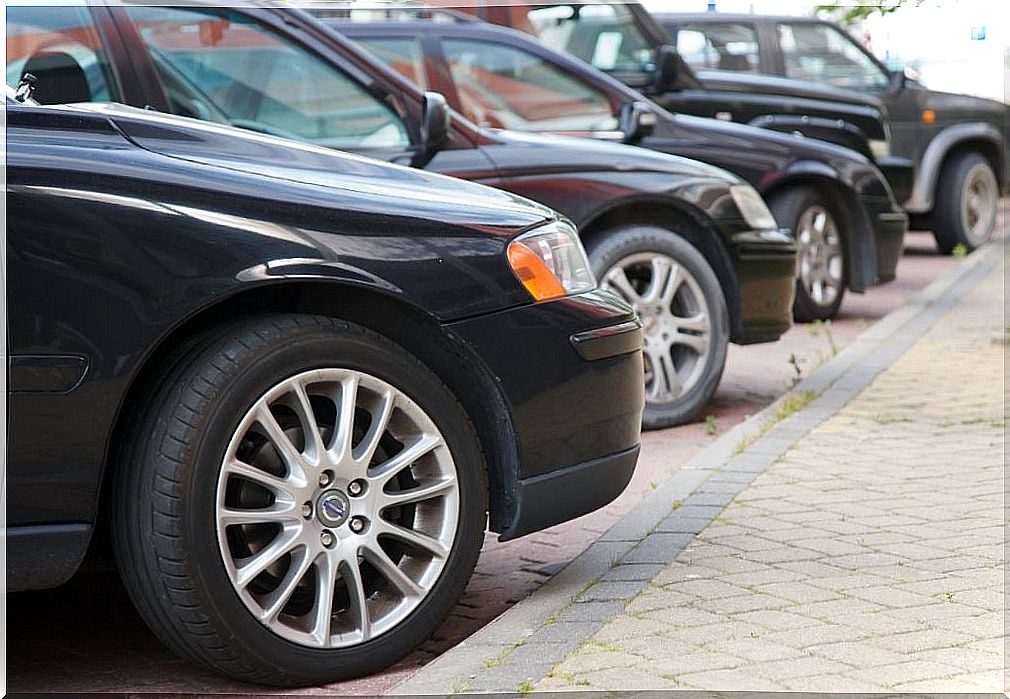
In these countries, drivers continue to use vehicles of outdated technology, outdated design and equipment with many risks. With this increase the insecurity, the emissions, the number of cars without ITV and the danger of deaths due to crashes and other possible accidents; Will the situation change throughout 2018?
The numbers talk for themselves
Spain has 30,366,603 vehicles in circulation, of which only 35% (10,653,753) are less than ten years old. The remaining 65% far exceeds that “age”. An analysis made by sectors has concluded that 65.69% of the cars are for tourism, 49% are off-road and 70.72% of those derived from tourism.
On the other hand, 61% of public transport units are over the decade of life ; the same as 80% of medium trucks and 76% of heavy trucks. Even in the agricultural sector, more than half of the operating tractors (51.30%) are considered outdated.
Areas most affected by the aging of the Spanish car fleet
By data, Extremadura is the region with the oldest land fleet of vehicles ; 67% of its vehicles in circulation are almost 14 years old. Castilla y León is in second place with 66%, and the Canary Islands are in third place, with an average of 65%.
The units with less time on the street, but still over the decade, are found in Madrid (53%), the Basque Country (59%) and Catalonia (60). According to statistics from the Department of Traffic and Road Safety in Spain, the number of events associated with old, low-end or high-end vehicles increased by 78%.
Four out of every ten drivers who have suffered injuries due to collision or other reasons of technical origin are between the ages of 18 and 25; and they traveled for leisure reasons.
The report of this organization also shows that accidents generally occur on conventional roads, most of them in the summer. One of the main triggers are rubber breakdowns (80%).
The solutions have not been effective
Through social programs, the Spanish State has sought the rehabilitation of units. However, specialists in the field point out that short-term solutions have not resolved the situation at all.
In eight editions of the PIVE plan, the purchase of new vehicles was hardly reactivated. These measures have not been sufficient to put an end to the inconveniences that have arisen.
It seems advisable to bet on electric or hybrid propulsion units. A diesel car built under the Euro 3 standard can be replaced by another six of Euro 6. This would reduce the emission of carbon monoxide and guarantee the safety of the occupants and passers-by.
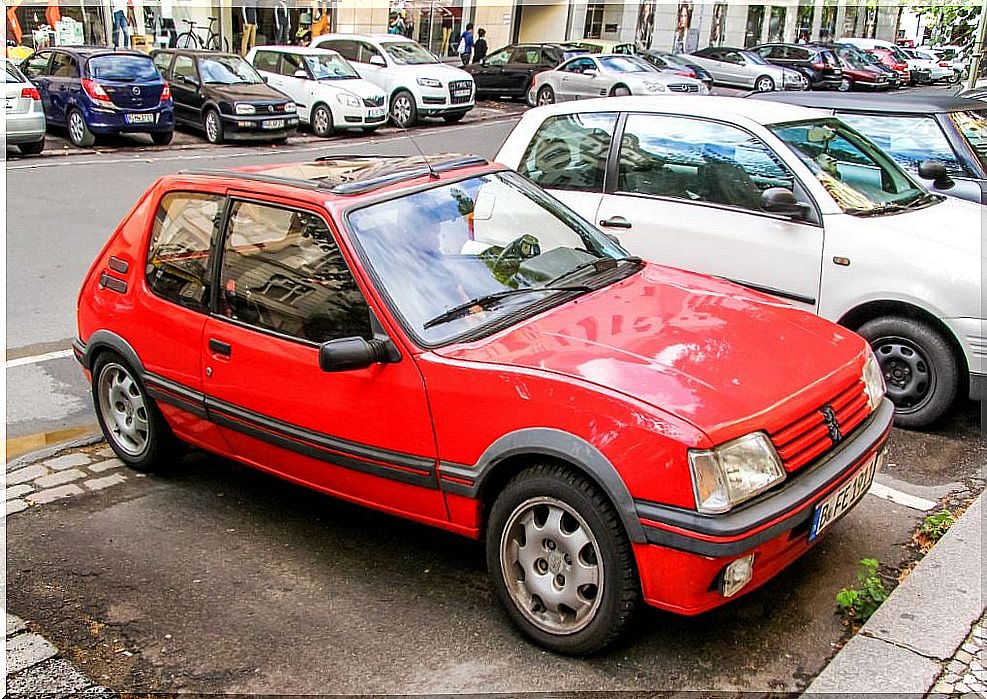
Circulation permits
At least 20% of the vehicles in the Spanish car park do not pass the Technical Vehicle Inspection. A preventive legal instrument that deals with inspecting cars, to verify that it complies with safety regulations. But that has not been fully effective.
According to the law, the exterior and interior conditioning of the car must meet minimum conditions : the lights or brakes cannot fail, and both the engine and the tires must work correctly. This can hardly be seen in vehicles that have exceeded their average service life.
This evolution represents a serious problem for Spain, since with each anniversary the car fleet becomes more obsolete, dangerous, polluting and inefficient.
Most of the vehicles that have proven problematic are old and have been involved in accidents, even six months after receiving the corresponding technical assistance.



